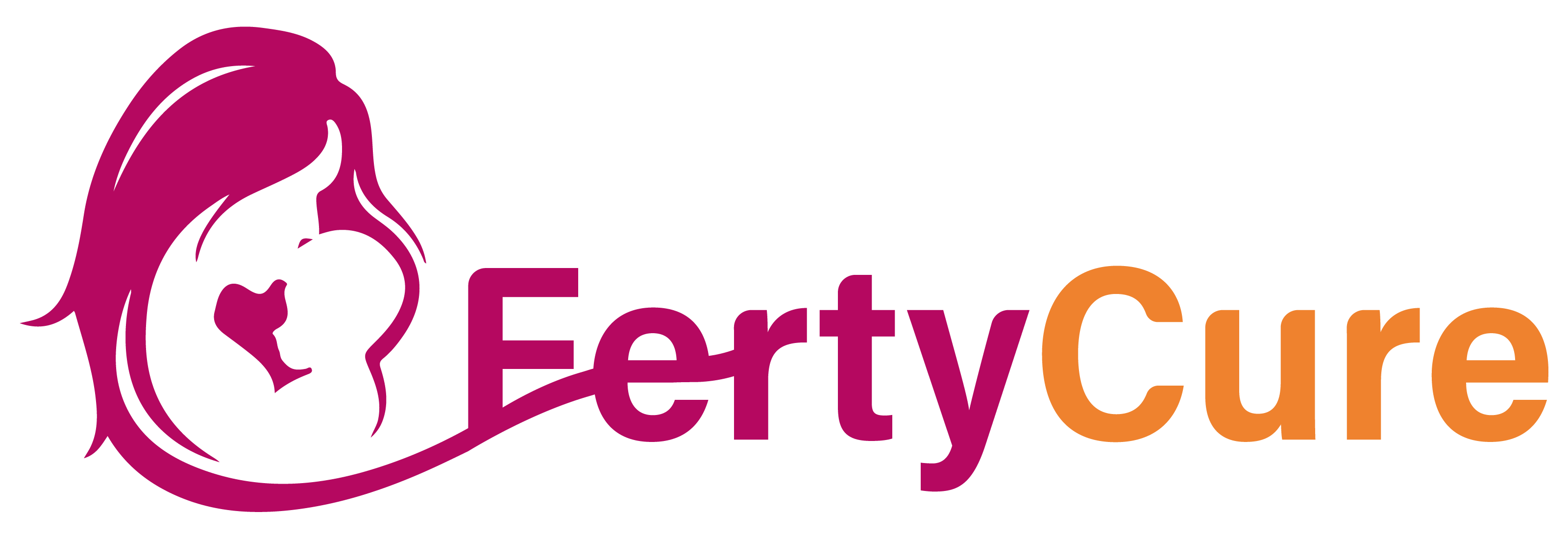Table of Contents
Role of Hysteroscopy in IVF

In the realm of assisted reproductive technology (ART), In Vitro Fertilization (IVF) stands as a beacon of hope for countless couples grappling with infertility. This sophisticated process, which involves the external fertilization of an egg with sperm and the subsequent transfer of the embryo into the uterus, has evolved as a crucial option for those facing infertility due to a myriad of causes, such as blocked fallopian tubes, low sperm count, endometriosis, or the challenge of advanced age.
Understanding IVF: More than Just a Medical Procedure
IVF, while a beacon of hope, is not a panacea. Its success is not guaranteed and hinges on several factors including the patient’s age, egg and sperm quality, the embryo transfer strategy, the type of treatment, and the choice of clinic. This intricate process of creating life outside the body and then nurturing it within the womb is a marvel of modern medicine, but its complexity cannot be overstated.
The Uterus: A Critical Factor in IVF Success
The uterus, the organ where the embryo implants and grows, plays a pivotal role in the success of IVF. A healthy, receptive uterus, free from abnormalities, is essential for implantation and pregnancy. Common uterine issues that hinder fertility include:
- Polyps: Noncancerous growths that interfere with embryo attachment and blood supply.
- Fibroids: Benign tumors that can reshape the uterus, block fallopian tubes, and impact blood flow.
- Adhesions: Scar tissues that alter the uterine cavity’s size or shape, potentially hindering sperm or embryo movement.
- Septum: A congenital defect that divides the uterine cavity, affecting bleeding patterns, increasing miscarriage risk, and hindering embryo development.
Hysteroscopy: A Minimally Invasive Game-Changer in IVF
To diagnose and treat these uterine issues, hysteroscopy is employed. This minimally invasive technique revolutionizes the way doctors view and treat the uterus’s interior, significantly impacting IVF outcomes.
What is Hysteroscopy?

Hysteroscopy involves inserting a hysteroscope—a slender instrument with a camera and light—through the vagina and cervix into the uterus. This procedure can be both diagnostic and operative hysteroscopy. For diagnostic purposes, it identifies uterine issues, while the operative hysteroscopy treats them using attached surgical tools.
The Procedure: An Overview
Typically an outpatient procedure, hysteroscopy can vary in duration from 15 minutes to an hour, based on the procedure’s complexity. It may involve local, regional, or general anesthesia, allowing patients the convenience of returning home the same day.
The Pros and Cons of Hysteroscopy in IVF
Hysteroscopy offers several benefits in the context of IVF:
- Improved Diagnostic Accuracy: Direct visualization leads to precise diagnosis.
- Enhanced IVF Success Rate: Correcting uterine issues can significantly boost the likelihood of successful implantation and pregnancy.
- Reduced Need for Invasive Procedures: It often eliminates the need for more traumatic surgeries.
- Patient Comfort: It’s a relatively quick, painless procedure with minimal recovery time.
However, hysteroscopy is not devoid of risks, which include bleeding, infection, uterine perforation, and the formation of intrauterine adhesions. These complications, although rare, necessitate careful consideration and expert handling.
Preparing for Hysteroscopy: What to Expect Before and After
Preparation for hysteroscopy involves adhering to specific medical advice, such as discontinuing certain medications and fasting before the procedure if general anesthesia is used. Post-procedure, patients might experience mild cramping, bleeding, or discharge, alongside nausea or vomiting in some cases. Rest, avoiding strenuous activities, and postponing sexual intercourse are recommended during the recovery period.
Timing Hysteroscopy with IVF
The optimal timing for hysteroscopy is typically the early follicular phase of the menstrual cycle. This timing ensures that the endometrium is at its thinnest, facilitating examination and treatment without interfering with egg development.
Concluding Thoughts on Hysteroscopy in IVF
In the intricate dance of IVF, hysteroscopy emerges as a pivotal step, not just as a medical procedure, but as a gateway to potential parenthood. It stands as a testament to the power of modern medicine in overcoming the hurdles of nature, enhancing the chances of conception and the dream of parenthood for many. As technology and medical understanding evolve, so too does the potential of hysteroscopy in the IVF journey, promising a brighter future for those on the path to creating life.
Conclusion
In conclusion, the role of hysteroscopy in IVF is multifaceted and profound. It not only addresses physical barriers to pregnancy but also embodies the hope and perseverance inherent in the journey towards successful parenthood. As we advance in medical technology and understanding, the synergy between hysteroscopy and IVF will undoubtedly continue to evolve, offering enhanced pathways to conception and the fulfillment of the dream of family for countless individuals worldwide.

